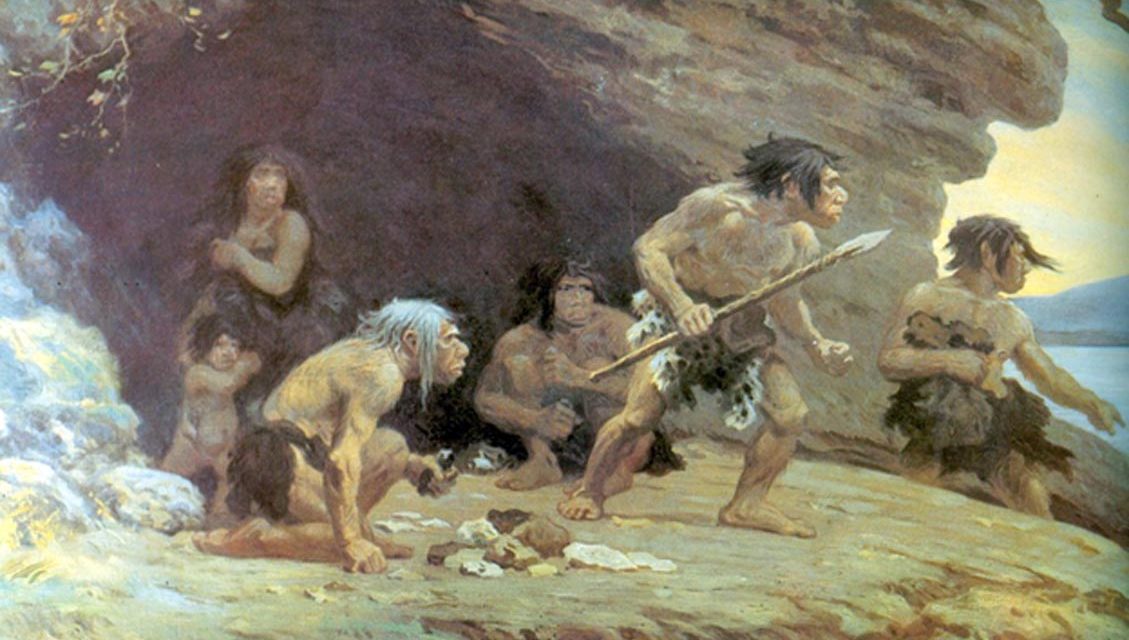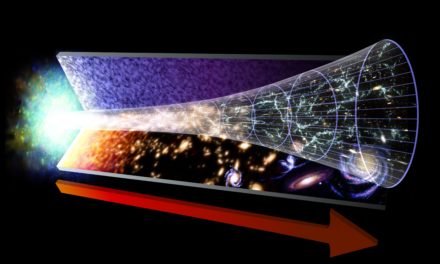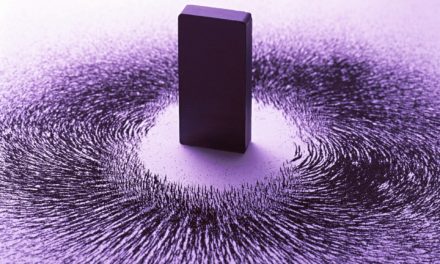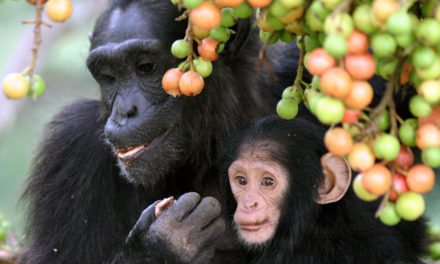Where do we come from? Is there a purpose to life? Where did the universe come from? Below is a short write up on how a rationalist can approach these “life’s persistent questions” – about origins, meaning and destiny. This is not meant to change any one’s mind – as I am least interested in “evangelizing” what I think is true as I believe every person is intelligent enough to have their own ideas about life, cosmos, evolution etc. But I request you all to read the point of view of a rationalist. Unlike the explanation of a religious person, who can explain anything in 10 seconds by saying “that is what my holy book says”, a rationalist argument takes time to explain, but way more interesting and intellectually satisfying.
The choices for a person living in early 21st century with regards to the “life’s persistent questions” are these:
1) Believe the holy book to which you (or rather your parents and their parents etc.) were born in to as the literal truth, and explains everything that need to know – not only about the human condition but also about such issues as the origin of life and species, origin of universe, morality and so on. You have the satisfaction of “certainty” even though very likely the idea you hold dear are wrong; more over there is no further intellectual growth.
2) Live your life exploring what we know now this amazingly huge universe which is unbelievably old, and be thankful for the short life one got here and for the ability to be born as a conscious thinking collection of atoms, and live life like with curiosity and wonder, not encumbered by any particular philosophy.
Everyone are free to choose which ever of these paths to take, and all should take a path that give that particular person the most peace and be intellectually honest and spiritually satisfied. If the traditional mythical story suits you better – more power to you, though I personally feel likely you are missing out big time to truly appreciate nature as it is, rather than how you want it to be. If you like the more scientific and incredibly more uplifting explanation, this is an extremely short version of human evolution, couple of million years packed in to a short write up.
Origin of Humans
Every era and every civilization had their own creation myths. Most of the remaining religions of modern times can trace their origins to thousands of years ago, and at the core of religious belief lie our persistent attempt at answering this one over whelming question – who are we, where did we come from and where are we going. Our forefathers living thousands of years ago did not have the benefit of modern science and technology, but they had as much imagination if not more than of us and they did their best using imagination to come up with some answers.
Earliest creation myths can be traced back to ancient civilizations of India, China, Egypt and Greece. When Monotheism gained acceptance in the Middle East and elsewhere (which by the way can be traced back to the Prophet Moses, who promised after life to all and not just the Pharaoh, democratizing life after death, the first Arab Spring!), the Torah incorporated the many of the creation of myths of ancient Greeks and Romans as well as Egyptians in to a “modern” creation myth appropriate for their times – that is about 2000 years ago. Amazingly enough, a vast majority of modern humans still believe these creations myths dreamed up over 2000 years ago!
In 1871, before the techniques of anthropology and genetics were even invented, Charles Darwin, through pain staking observational experiments that lasted decades predicted that human and the great apes may have descended from a common ancestor. This was an incredible claim at that time, and even now, made a lot of people uncomfortable. Many misinterpreted this as “humans are evolved from monkeys” – even now, even some educated people make this mistake; what Darwin said is that both modern humans and modern apes evolved from a common ancestor who looked neither like modern apes nor like modern humans but rather had features of both over a time scale that is almost beyond human imagination. Since Darwin’s time, the field has exploded with amazing discoveries made by scientists from various fields like anthropology, paleontology, genetics, linguistics and many others, all contributing to an ever increasing treasure trove of data and supporting Darwin’s original hunch – that humans indeed are descended from an ancestor we shared with modern apes who lived over 4-5 million years ago in Eastern Africa.
The place Hader in modern Ethiopia is probably where our earliest ancestors lived, several hundreds of thousands of years ago. Compare this time line with the time some of the religious literalists who believe even the earth is only 5000 years old! Sadly, some fundamentalists still believe this to be the “gospel truth”. Even more sadly these bigots and fundamentalists can reach corridors of power even in a scientifically advanced country like US. The fact that we share over 99% of our genome with the Chimpanzees shows at a very deep level, we are indeed connected to our Ape brethren, and in fact all living creatures – this is a truly inspiring story, that we are at the end of a very long evolutionary road, sharing our source code and biochemistry to every living creature. Forget the ape and even the mouse – we share a lot of similar genes and biochemical pathway with a bacterium, with a banana. What is not to like it being part of something so majestic and huge, much huger than one ever would have thought of if you base all your answers on a holy book?
Recreating the evolution story from hominid to man is a pain staking process, taking years and expertise of many. Hominids can be distinguished from other apes by many traits (erect or not, bipedalism, how weight bearing bones like femur is structured, how and where the C1 attaches to the skull base, teeth structure etc.) Just to elaborate on one example: Teeth being the hardest part of the body are more likely to be found as fossils than any other part. The amount of information a trained Paleontologist can infer from just a single tooth is amazing. Take the size of canine teeth. Canine teeth of chimpanzees are quite prominent as we all know. Early hominids however had been losing the length and strength of canine teeth. While a chimpanzee showing off its canine is an act of anger or to frighten the enemy, one could deduct the hominid’s evolving smaller canine instead was shown as a “non threat”, which later evolved to what we now call as a “smile”. Basically showing your canine has evolved from a threat gesture to a gesture of friendship over millennia. Now that is just what a dedicated team of scientists can infer from a single canine tooth! Now the tools of modern technology from more accurate dating techniques to high resolution CT scans (which shows inner details of fossilized bones, which can help calculate axis of gravity etc.), to computer simulations of various skull cavities to deduce brain size and folding pattern etc. has turned what was once mostly guess work to a rigorous field of science.
Evolution more than any other field makes people uncomfortable, and for obvious reasons. People are still afraid to admit we are descended from ancestors who look uncomfortably more like great apes than us. Some are still desperately clinging to the so called myths of “missing links”. An extremely tiny percentage of creatures ever lived was ever fossilized, and it is amazing we have any fossils at all – including such remarkably preserved ones like that of Lucy. And with the newer field of evolutionary genetics, one does not even need fossils to study evolution, as we carry the sign posts of our own evolution in our genes. This field of evolutionary genetics and molecular evolution has taken this field further than decades of digging up the earth looking for fossils have ever done. Each and every one of our genes, whether it is the eye color or blood group or any other trait has its own evolutionary history. (Take blood group for example: Blood group A was the first blood group to evolve about 3.5 million years ago, followed by O – by the deletion of a single nucleotide making it unstable-, and then B. This pattern accounts for the percentage of people worldwide with each blood type and is consistent with patterns of early population movements and varying prevalent blood types in different parts of the world. And of course the Rh of blood group Rh belongs to the famous Rhesus monkey). For anyone interested in details read this.
Now evolution of genes takes us to the popular terms Mitochondrial Eve (as mitochondrial genes can be easily traced back and is called the Most Recent Common Ancestor, or MRCA) and Y chromosome Adam (Y-MRCA) using similar tracing of Y. These terms have nothing what so ever in common with the mythological Adam and Eve other than their names. In fact, dating techniques show they lived 50,000 years apart – Y-MRCA lived later – due to the different way Y lineage and Mitochondrial genes gets transmitted (simple: if you have no sons, your Y ends with you. For Mitochondrial genes, the sex of the child does not matter as all of us have at least one X). If need additional information, see below:
Mitochondrial Eve Mitochondrial Adam
How does something like speech be explained by evolution? This is just one example of the advances in evolutionary genetics. FOXP2 was a gene found mutated in a family, with all of the affected suffering from severe form of speech impairment. Further studies showed the mutated version resembles the one found in the great apes. One could conceive a beneficial mutation in the pre Human hominid nonverbal FOXP2 which resulted in the type of FOXP2 gene we have now. This single gene is coder of a master transcription factor which in turn directs whole lots of brain areas, larynx and other structures associated with speech. So something as complex as speech can indeed be explained by evolutionary genetics.
Now neither fossil nor DNA evidence can give direct glimpse in to the mind and culture of our very early ancestors. Until recently the only sign of culture was cave paintings, the oldest of which are only 30,000 years old. On the other hand, anatomically human fossils are found over 100,000 years old. When did they become “human” by modern standards? This is a harder question, but some of the earliest evidence is actually by looking at tools. However, using tools by itself does not implicate “human” as some of the great apes have been shown to device simple tools and stone axes dating back to over 3.5 million years have been found, way before anatomically modern humans. Luckily for us however, one of our very fashion conscious ancestors who lived nearly 75,000 years ago in Eastern Africa has collected shells and bored holes in them, fashioning an ornament! Now a fashion conscious mind – that clearly belongs to a human, if you ask me! How about abstract thinking? Now if you ask how on earth anyone can guess when does abstract thinking begins, here is the answer: Ceremonial burying! This implies a self-consciousness, an awareness of self and others, and the earliest signs of religious rituals and belief in a soul as well as life after death. That is clearly abstract thinking. Earliest ceremonial burials are about 50,000 years old. So it may have taken several thousands of years before the anatomically modern human became truly a human in the modern sense.
Part 2 of “Life’s Persistent Questions” is available here .







